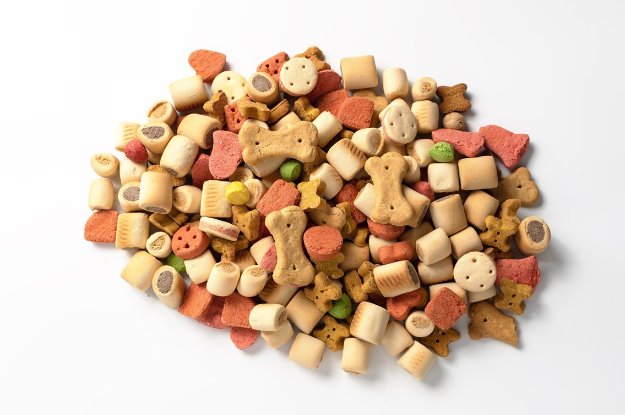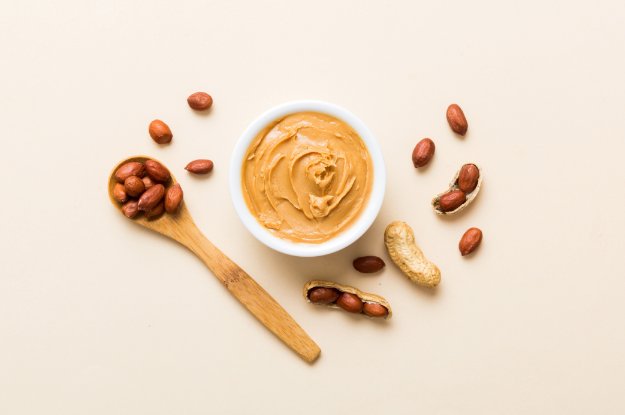How to Maintain Recipe Control with the Sentry SBC Controller

These systems can make numerous products, including varying particle sizes, dimensions, and other characteristics. Maintaining these products is made simple with recipe control found in the Sentry SBC Controller. Ideally, an automatic sampler is designed to be optimized for one or a narrow range of product types to limit sampler bias and provide the most statistically significant data possible. However, this design becomes complicated for lines that produce a range of products and require different samplers for each product line.
A well-designed sampler with a range of capacity integrated with a control capable of multiple “recipes” can rectify this issue. Recipes are associated with each product’s mass flow rate and size geometry.
Recipe requirements consist of settings specific to the sample and dwell and purge times associated with the sampler. A recipe control system coupled with the correct automatic sampler can produce repeatable, representative samples for the various products run on one line.
For example, the Sentry SBC controller is a dedicated logic control system capable of controlling any automatic sampler in the Sentry product line, including liquid, slurry, and bulk solids samplers. The controller was recently updated to accommodate multiple recipes, allowing users to quickly and easily select a group of parameters based on predetermined input.
Watch this video for a step-by-step guide to managing multiple product lines through the use of recipe files with the Sentry SBC Controller.

Written by George Buss
As one of our expert service technicians, George has been working on Sentry sampling products and systems since 2001. This means he has accumulated a wealth of knowledge and experience with Sentry sampling equipment, and is happy to share his knowledge with customers looking to ensure their sampling equipment is working optimally and efficiently. In his spare time, George can be found fixing stuff and making it work (which also sounds a lot like work, doesn't it?)
Related Posts

Bulk Solid
Maximize Recipe Control with Automatic Sampling
A repeatable, representative sampling of bulk-solid products is essential in today’s production environments. From food production to plastics, automatic samplers are becoming standard practice to provide the needed insights on product quality and safety for profitable production.
Read More
Bulk Solid
Why is Hydrocarbon Sampling Important?
Renewable hydrocarbon biofuels are fuels produced from biomass sources, including vegetable oils, animal fats, and specialized crops. They are chemically identical to standard petroleum-based products and can be used in existing engines and infrastructure. However, like petroleum-based products, biofuels require strict testing.
Read More
Bulk Solid
Representative Sampling in the Packaging of Nut Butters
Various co-packaging companies provide distributors with multiple types of nut butter products from one processing plant, including items like smooth and chunky peanut butters to almond butters and organic products.
Read More
Maintain Sampling Control
Shop our complete line of Sample Automation Equipment to find the right fit for your sampling application.